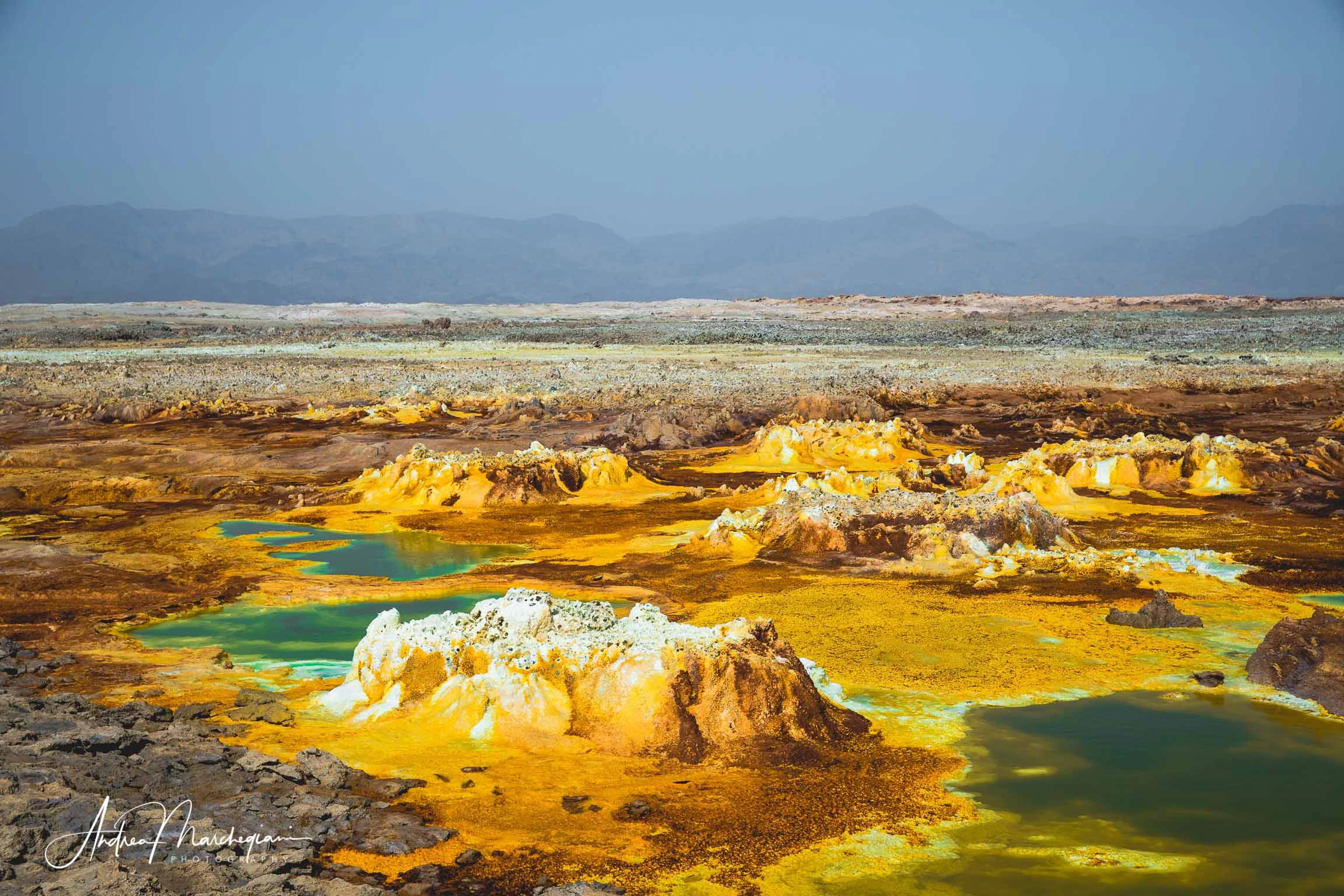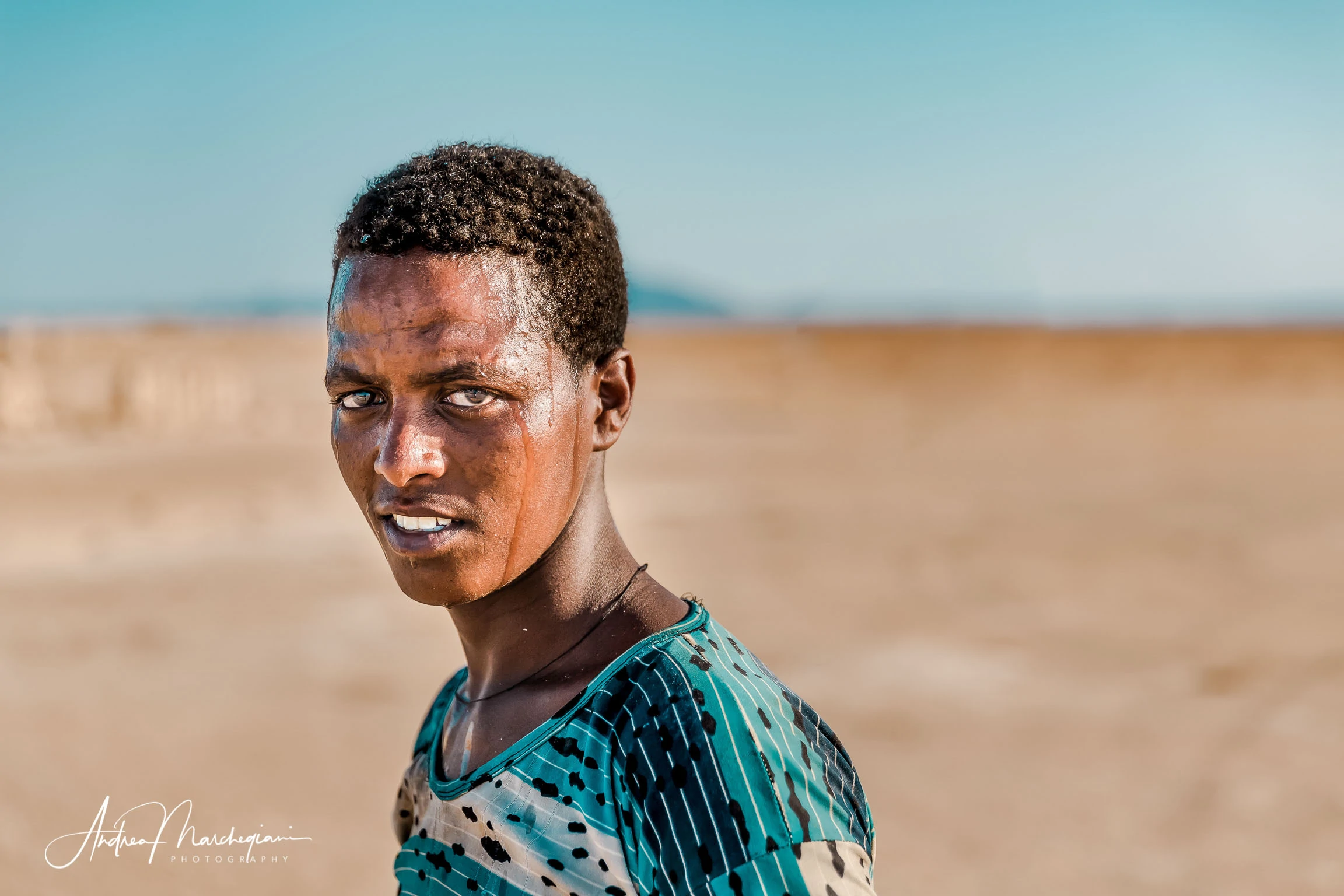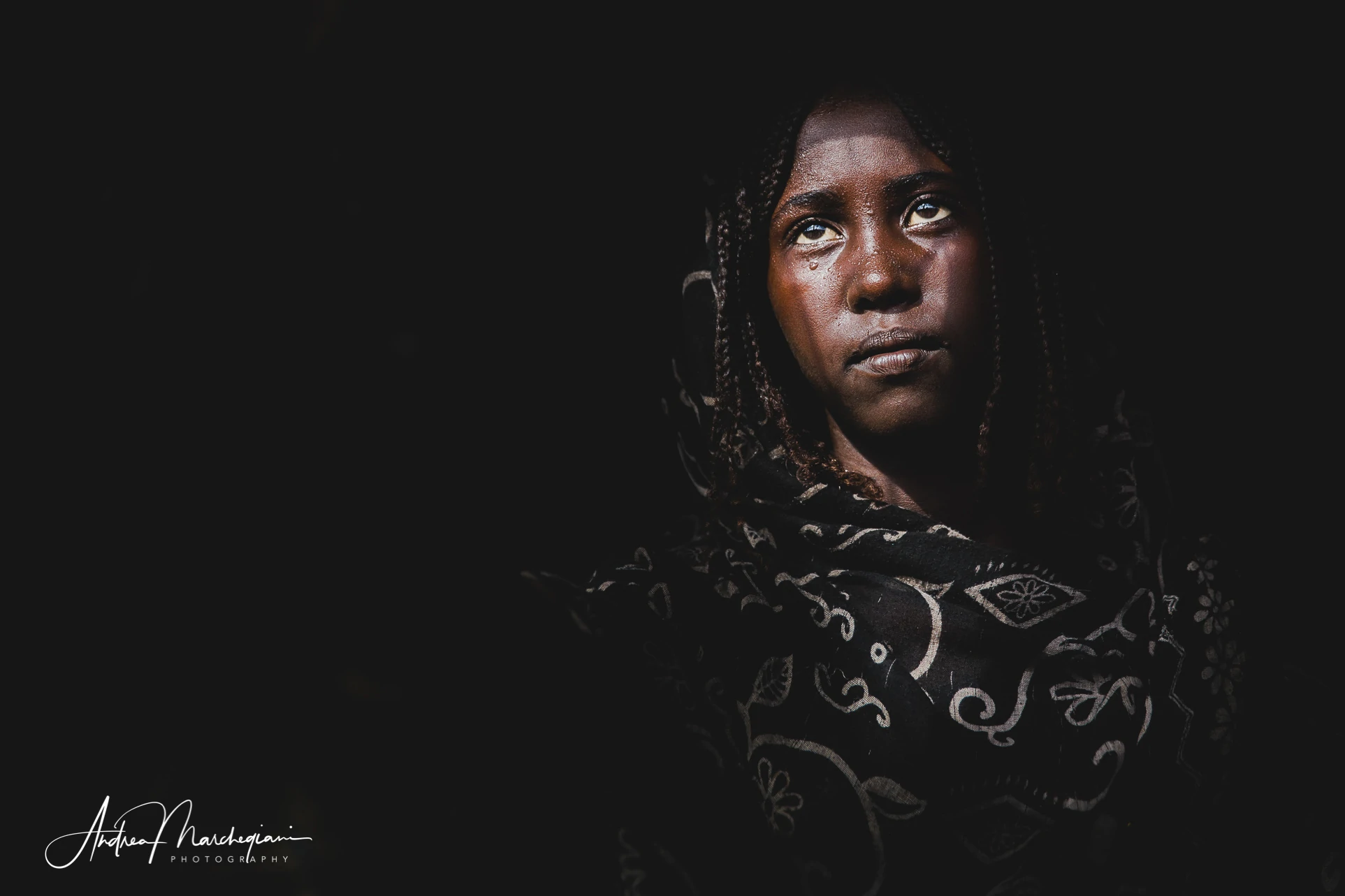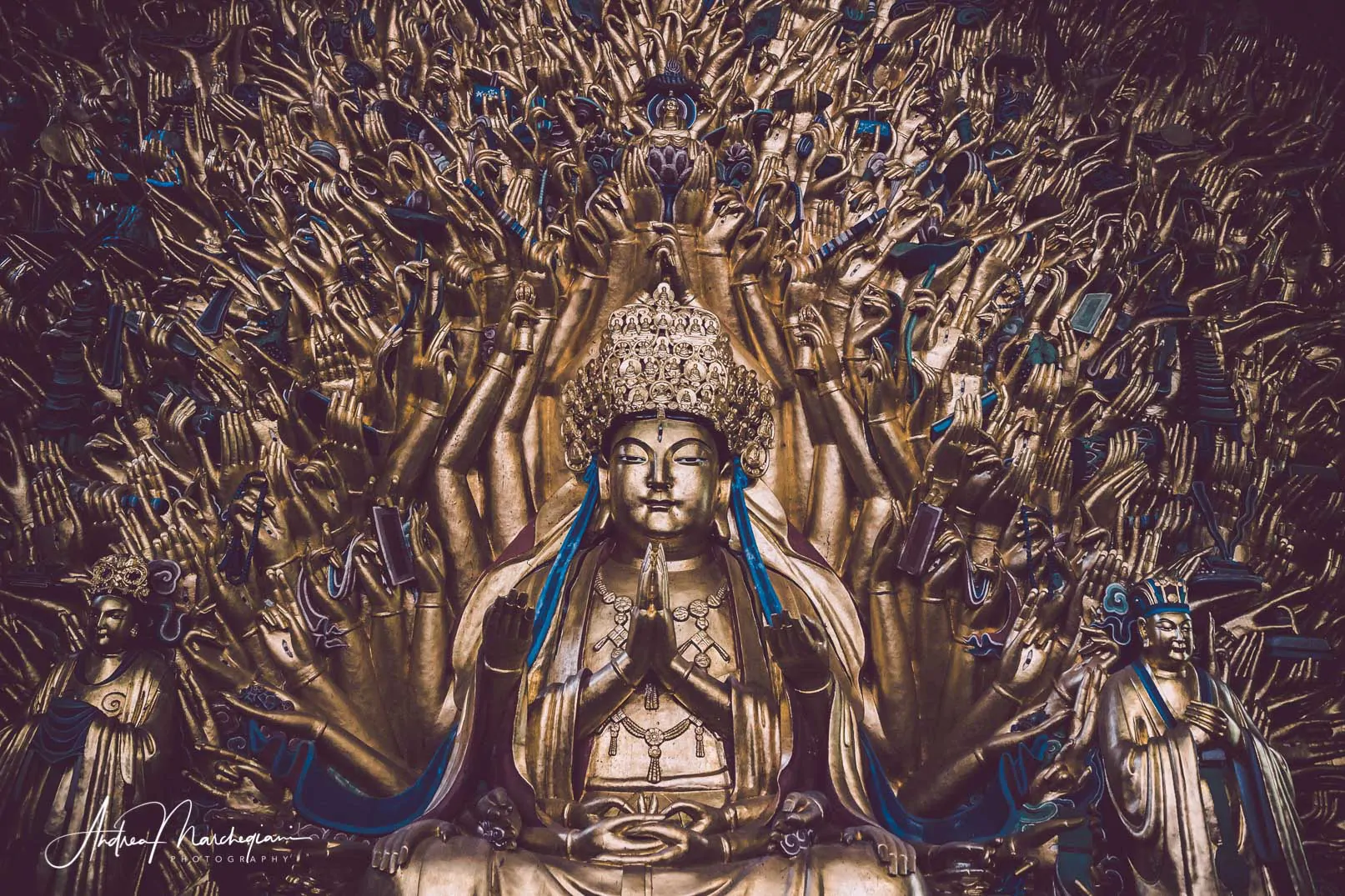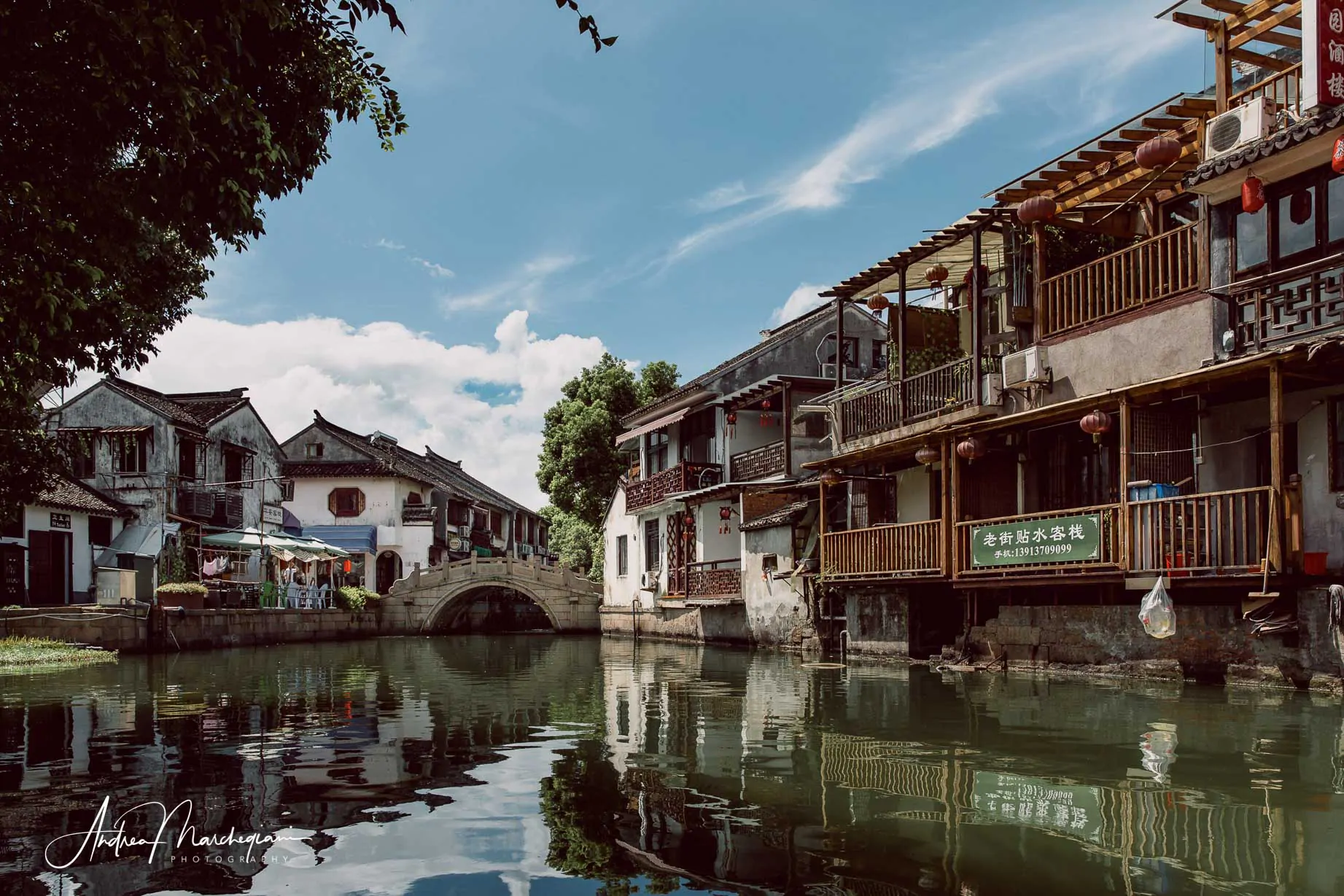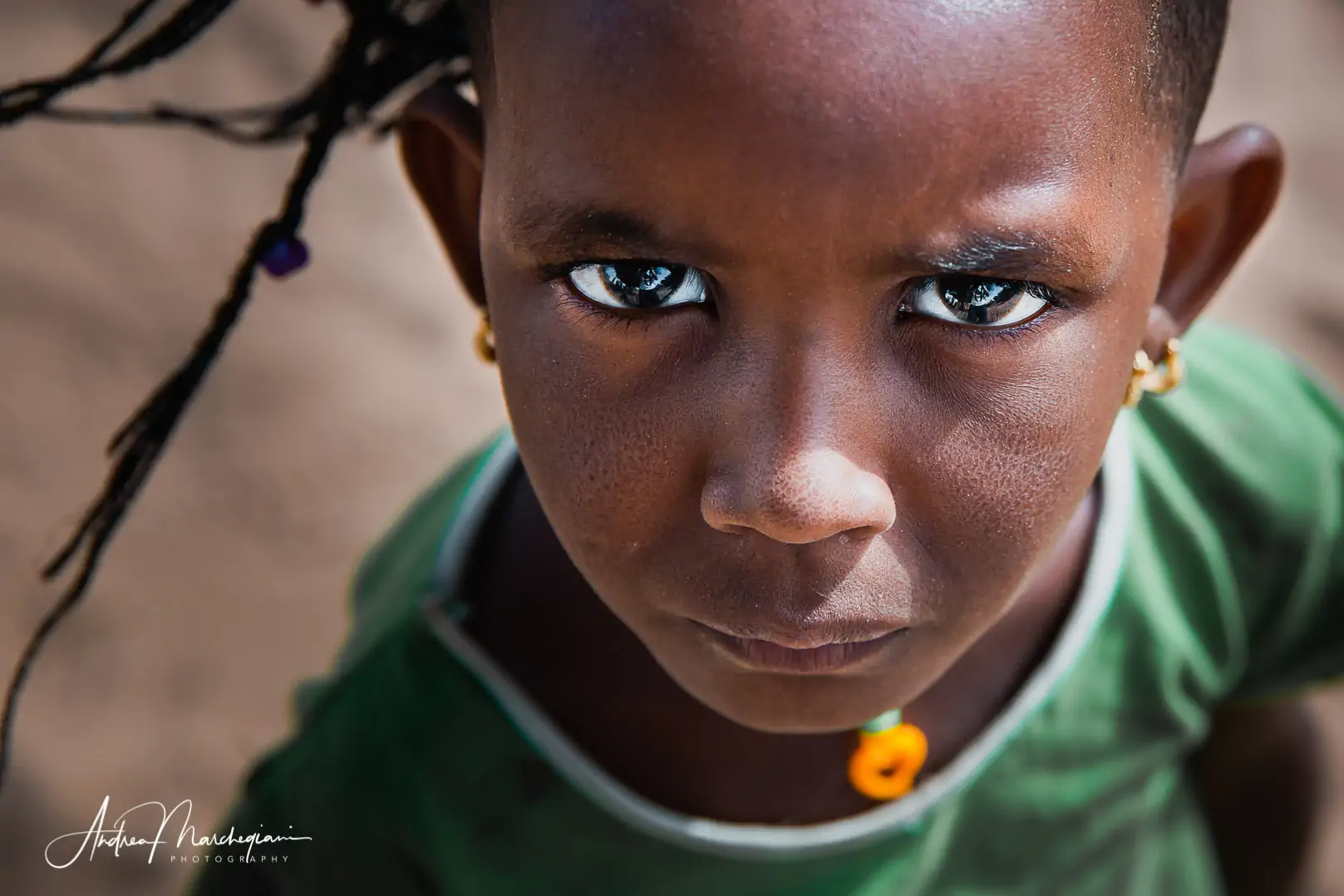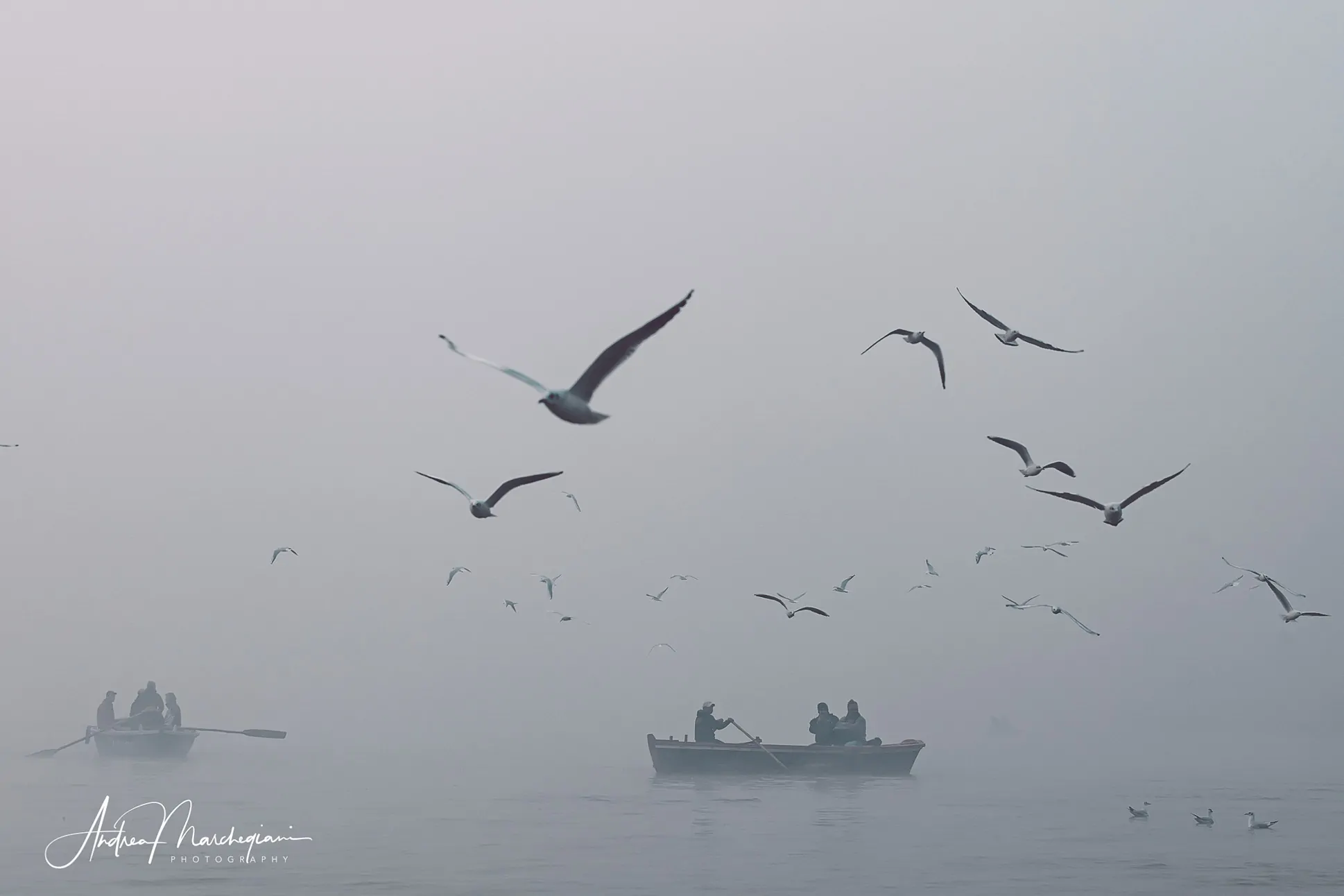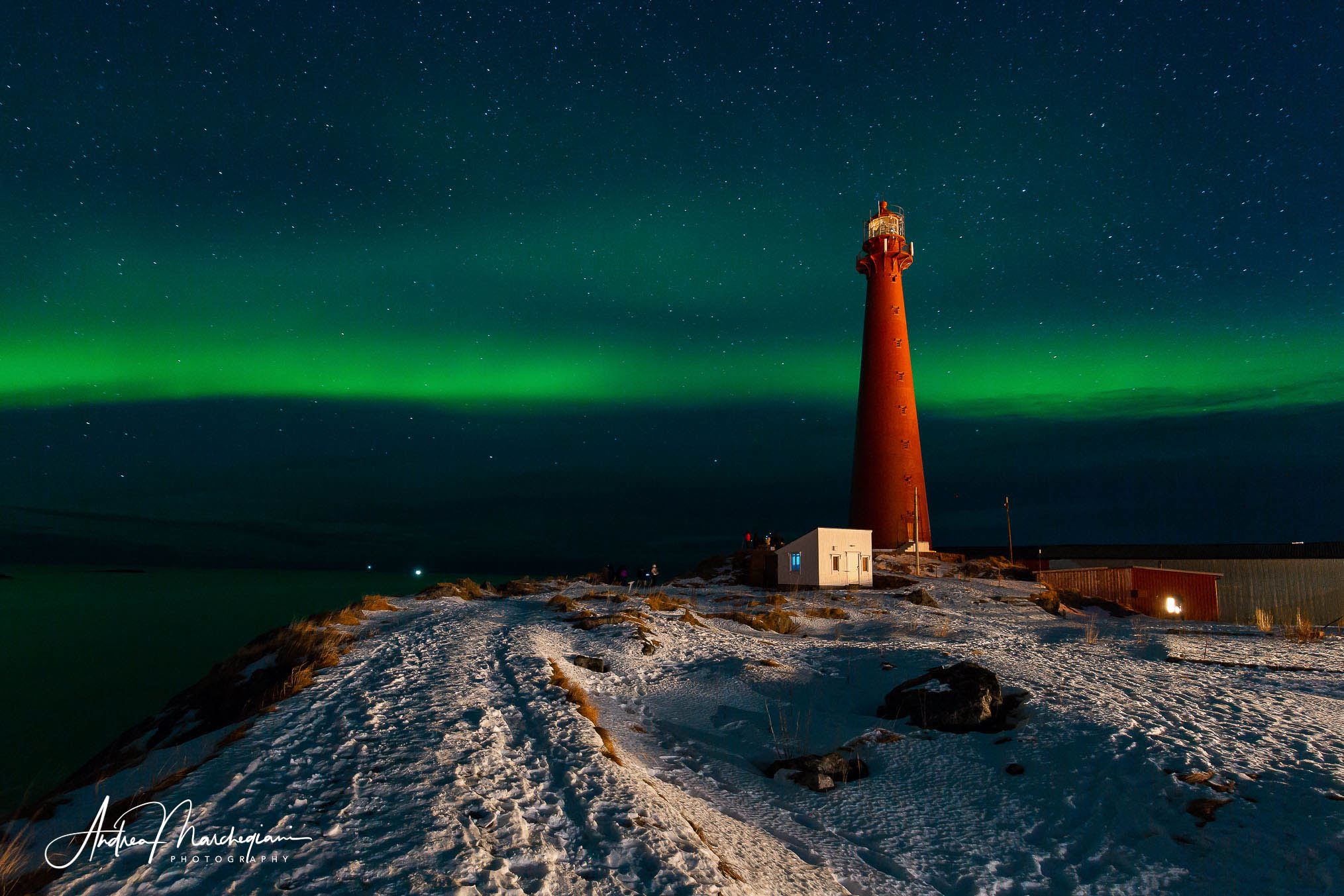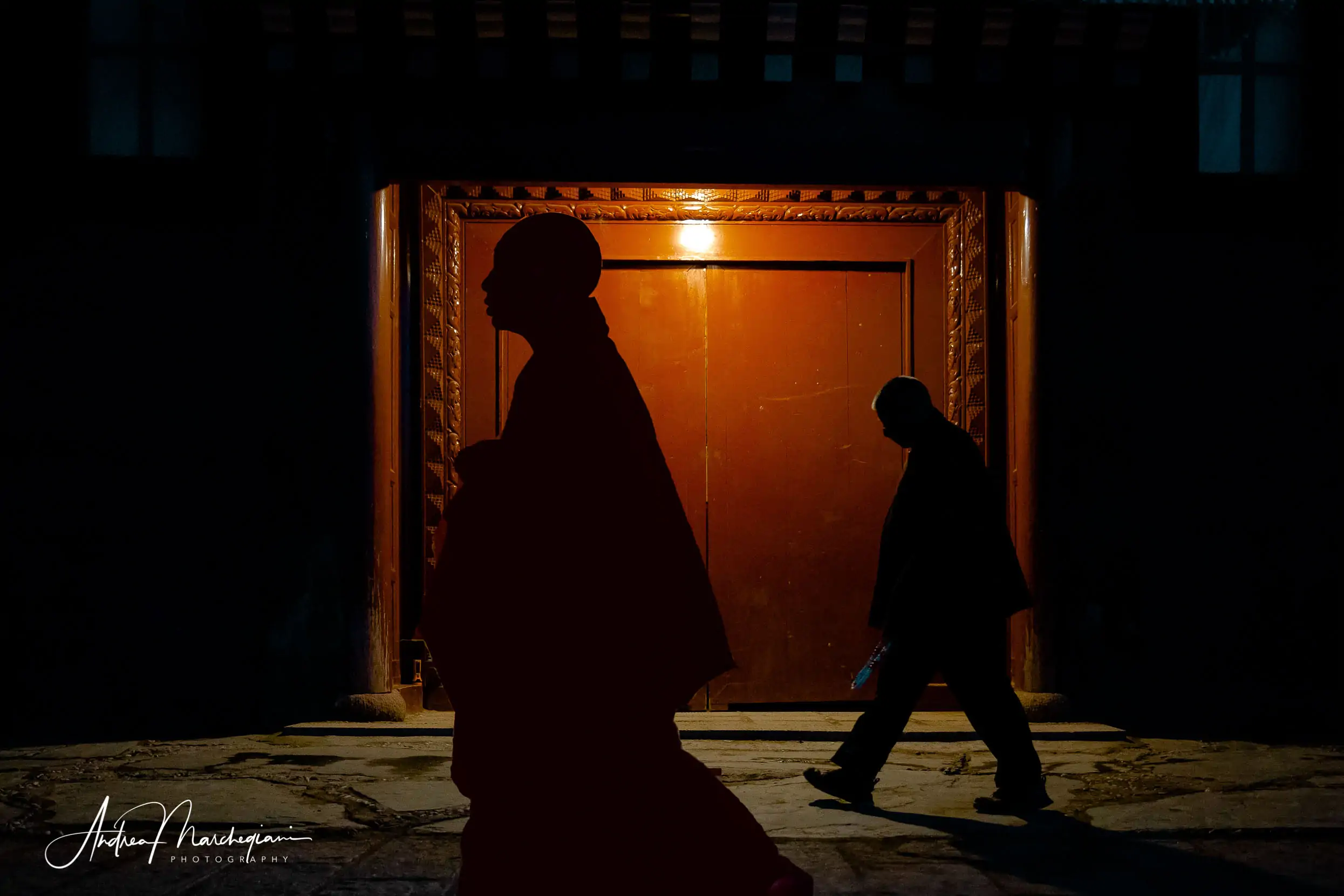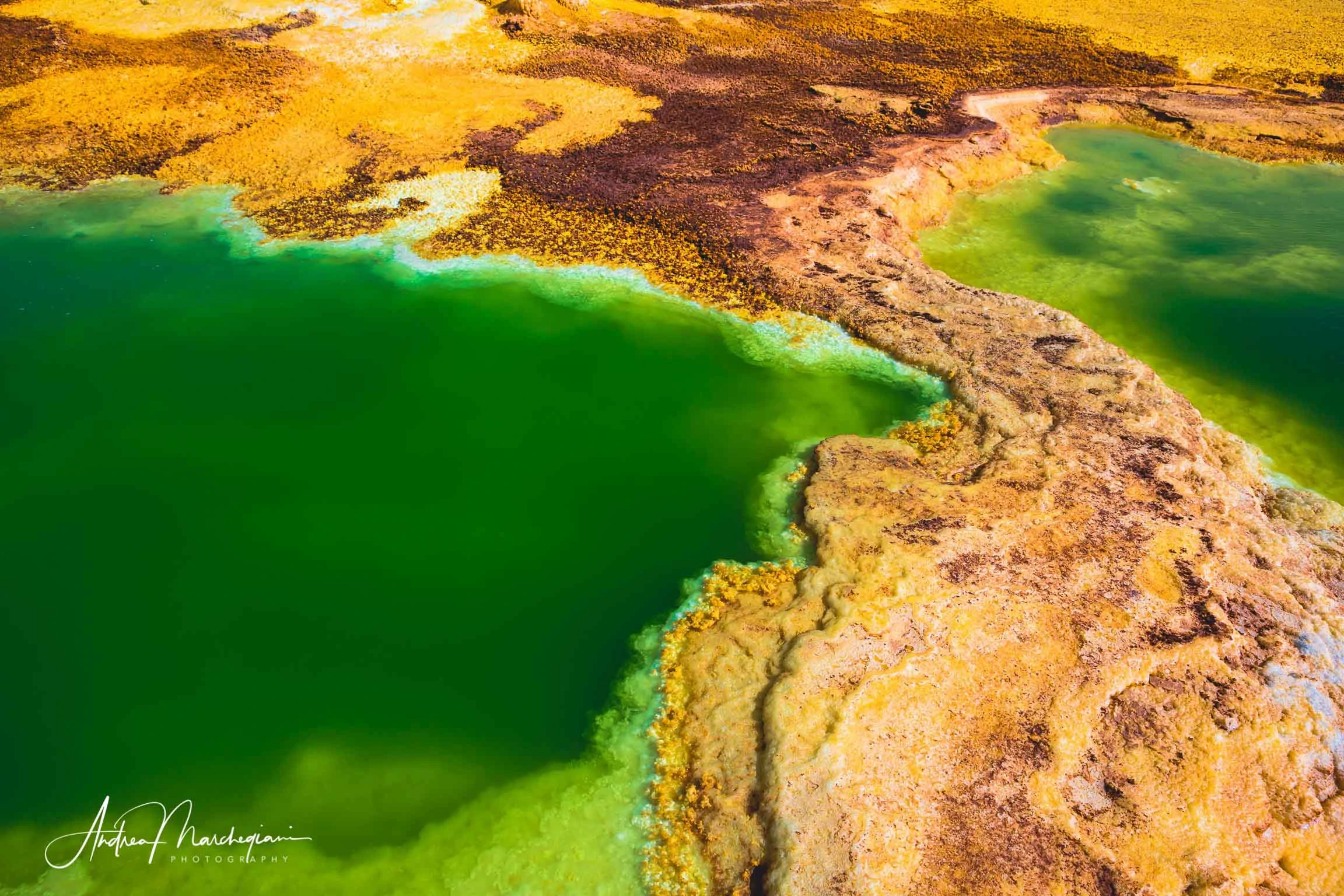
- Home
- Photo Galleries
- Portrait Photography
- Landscape Photography
- Street Photography
- China
- Ethiopia
- India
- Holy Ganges
- Varanasi
- Varanasi Ganga Aarti
- Varanasi, Manikarnika Ghat
- Varanasi Streets & Alleys
- Varanasi Demolition
- Varanasi Fruit Market
- Sarnath
- Brick Kilns
- Tamil Nadu, Chennai & Mamallapuram
- Tamil Nadu, Fort Tirumayam & Madurai
- Tamil Nadu, Tiruvannamalai & Thanjavur
- Kerala, Munnar
- Kerala, Peryiar
- Kerala, Backwaters
- Kerala, Kochi
- Kazakhstan
- Myanmar
- Senegal
- Uzbekistan
- Travel Blog
- China
- Ethiopia
- India
- Tamil Nadu & Kerala
- Varanasi
- Whato to do in Varanasi
- Varanasi Life along the Ghats
- Varanasi Death along the Ghats
- Varanasi Ganga Aarti Ceremony
- Varanasi demolished to honor Shiva
- Varanasi Fruit Market
- “Varanasi, A Journey into the Infinite”
- Sarnath
- All about River Ganges
- Holy Shit. All about Indian Cow Dung
- Clean India Project
- Brick factories
- Tilaka, pundra, bindi: what is the mark on Indian foreheads?
- Kazakhstan
- Mongolia
- Ulaanbaatar, the coldest capital in the world
- What to do in Ulaanbaatar
- Chinggis Khan Museum, 6 floors of Mongolian history
- Gorkhi-Terelj National Park and Bodgkhan Natural Reserve
- Altai Mountains, Things to do in Olgii and Sagsai
- Living with the Eagle Hunters
- Sagsai Eagle Festival
- Navrus Festival
- Xöömej, Mongolian throat singing
- Mongolian Food
- Myanmar
- Senegal
- Uzbekistan
- Latest Posts
- Photography Blog
- About
- Prints
Photographers’ Magazine interviews Inspiring Travel Blogger
PROFESSIONAL INTERVIEW | Photographer and blogger, Andrea Marchegiani, tells us about his love for travel photography, his recent trips to Ethiopia and China, and how his project “Any Place is Home” was born. It’s a website dedicated to photography and a blog featuring captivating travel reportages, for which he takes care of both the texts and the images.
© Article and Photos by Andrea Marchegiani. Unauthorized reproduction prohibited.
Granted for publication to TUTTI FOTOGRAFI in February 2019.
Share with your friends:
Dallol, Ethiopia. Hot and acidic springs, sulfur mountains, and salt formations create a psychedelic landscape. >>Shot data: 1/640s at f/8.0, ISO 100. 50mm focal length on a full-frame camera.
Your great passion is travel photography. When did you discover photography? What is your story…
My father gave me my first camera as a child, and since then I have never stopped taking photographs. In 2011, I started doing it professionally in the field of wedding reportage. Many underestimate this sector, but it is a great training ground. It requires you to be highly skilled technically and to quickly read situations in terms of light and composition. Every moment is unique, and you have to be focused and present for many consecutive hours. It has also been an opportunity for me to learn how to create an emotional connection with the subjects I photograph.
What does travel photography represent for you? A memory, a documentary collection, a business...
I photograph for myself, not for business. Traveling allows you to explore different cultures; it is an extraordinary way to grow internally and to challenge the cultural paradigms of the society you were born into. In 2017, I treated myself to a trip to Botswana for my 40th birthday. I celebrated in the savannah, in a tent. My friends prepared a plate of carbonara pasta, and the aromas attracted a group of hyenas. Excited and terrified, we spent the evening chasing them away, then we took refuge in our tents and listened to them roam and howl all night. At that moment, I felt that my life in Rome was too confining, and I wanted to live outside my comfort zone. So, I decided to give myself another gift: a sabbatical year to travel and explore this new path. A few months later, I set off for the Danakil Depression, and there, for the first time, I felt that my photographs deserved to be shared. They had an urgency to be seen, I can’t explain it any other way.
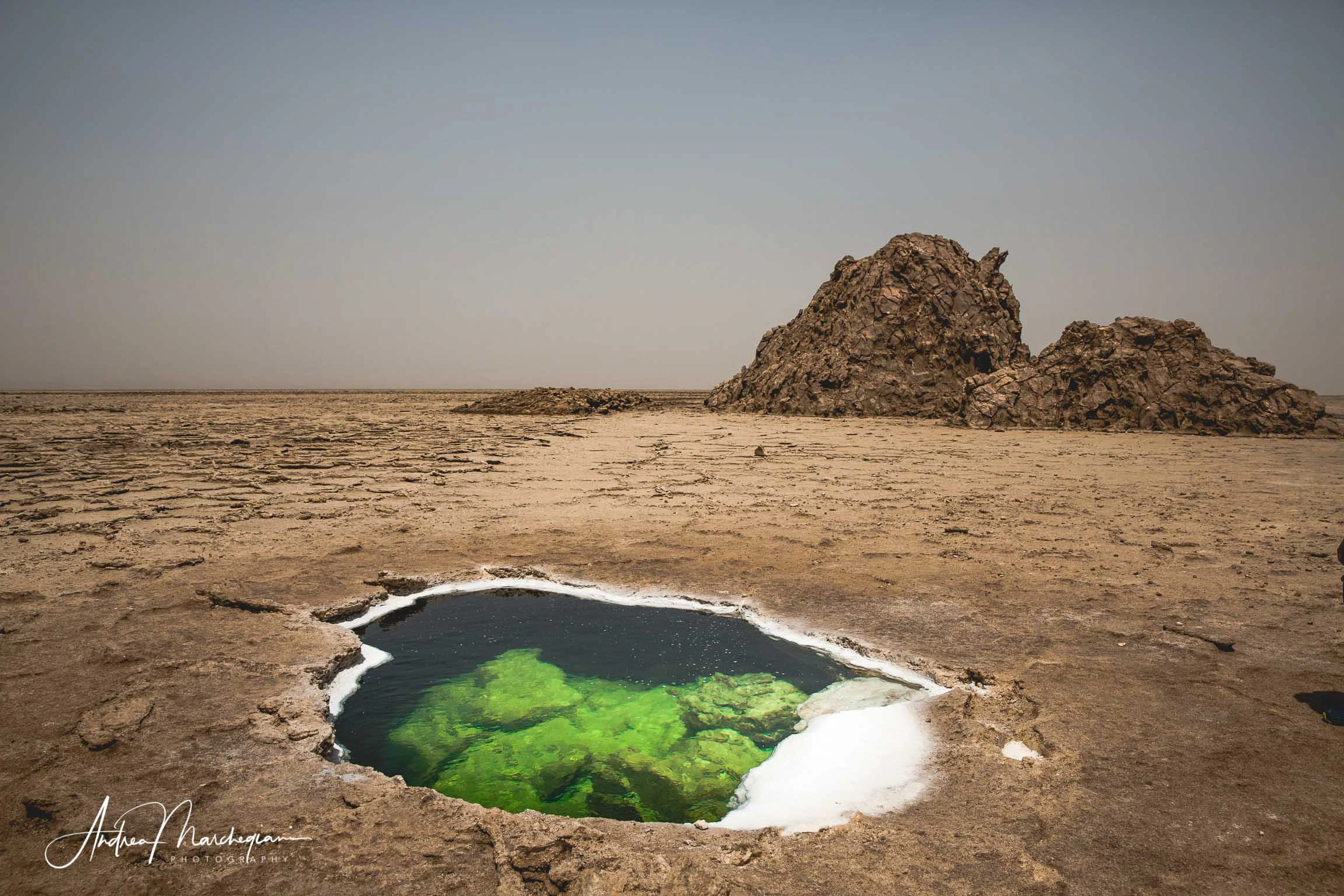
Dallol, Ethiopia. Acidic pool. In the Danakil Desert, there are pools of acidic water that may appear inviting but are deadly. Often, thirsty birds and small rodents are deceived and drink from these pools, resulting in poisoning.

Dallol, Ethiopia. A close-up of the terrain resembling an aerial view. >>Shooting data: 1/500s at f/8.0, ISO 100. 24mm focal length on a full frame camera.
When and where did you start traveling with your camera?
In Ecuador, in 2005. I went there with the Capodarco association to work in an orphanage, and they asked me to create a photographic reportage. I had just finished university and dreamed of becoming a film director, but I always had a camera in my hands.
How do you choose your destination? Based on personal interest or photographic potential?
They are not separate. Personal interest stimulates photographic creativity. I am very instinctive in my choices. I go to places I feel can overwhelm me. I chose Norway because I wanted to feel the cold at minus 20 degrees and witness the Northern Lights. I chose Botswana because I wanted to smell the savannah. When I close my eyes, I can still see the sea of the Philippines, and I left a piece of my heart in Myanmar. But I never know what photos I will take until I have taken them. Photography is always a gamble.
You have different portfolios from Ethiopia and China, how many times have you been there?
The works from Ethiopia and China are the first ones I am publishing, but I have several others in preparation. I spent 15 days in the Danakil region and one month in China. They were intense journeys and produced a lot of material.
They are two completely different worlds, both in terms of culture and landscapes. What do you seek photographically when you travel?
Intimacy. I search for moments of grace, and if I look at my photos through someone else’s eyes, it seems like I find them in landscapes and in the gaze of human beings.
Do you travel alone? How do you organize yourself?
I travel alone or with company. By now, I have a group of fellow travelers with whom I have shared very strong experiences, and I try to travel with them whenever possible.
Do you always have the camera in your hand while exploring, or do you dedicate specific moments during the day for photography (for light, location, etc.)?
I always have the camera with me. Every moment can present something unexpected. I never position myself to take a photo, and I don’t take posed portraits. The journey itself is the theme. I touch so many places at any given hour of the day, and I constantly struggle with the light to try to capture something valuable in every situation. In Ethiopia, for example, photography was very challenging due to the extreme heat, but equally necessary.
Regarding equipment, do you travel light? What do you use? What is a must-have in your backpack?
If a traveler is looking for advice on traveling light, I’m a good adviser but I often do not follow my own advice! I travel with my Canon Eos R + 28-70 f/2 always around my neck. In my backpack, I carry a wide range of lenses: the 16-35 f/4 and the spectacular 70-200 f/2.8. I used to carry the 35mm f/1.4, and the 85mm f/1.8 but the 28-70mm is a good substitute for both. I also have four spare batteries, numerous SD cards, and a Canon 580 EX II flash.
Do you also shoot film?
No. I love digital and the myriad of creative possibilities it offers.
Did you use a drone specifically for the photographs in Dallol?
No. When I was in the Danakil region, there were still conflicts with Eritrea. I traveled with escorts and preferred to leave the drone at home. Some of the photos may look like aerial views, but they were actually taken handheld by pointing the camera towards the ground. Dallol, with its multicolored formations, offers unique visual illusions. It’s pure magic.
Do you also use a smartphone?
Only for “souvenir photos.” The DSLR remains my mainstay.
Salt Miner, Ahmed Ela. A young miner taking a break from work. In the Danakil region, temperatures reach up to 50°C (122°F), and the area is considered one of the most inhospitable on Earth. I captured this portrait in a fraction of a second. The boy granted me a glance in exchange for a bottle of water, but quickly returned to work. >>Shot data: 1/2000s at f/2.8, ISO 100. 70mm focal length on a full frame.
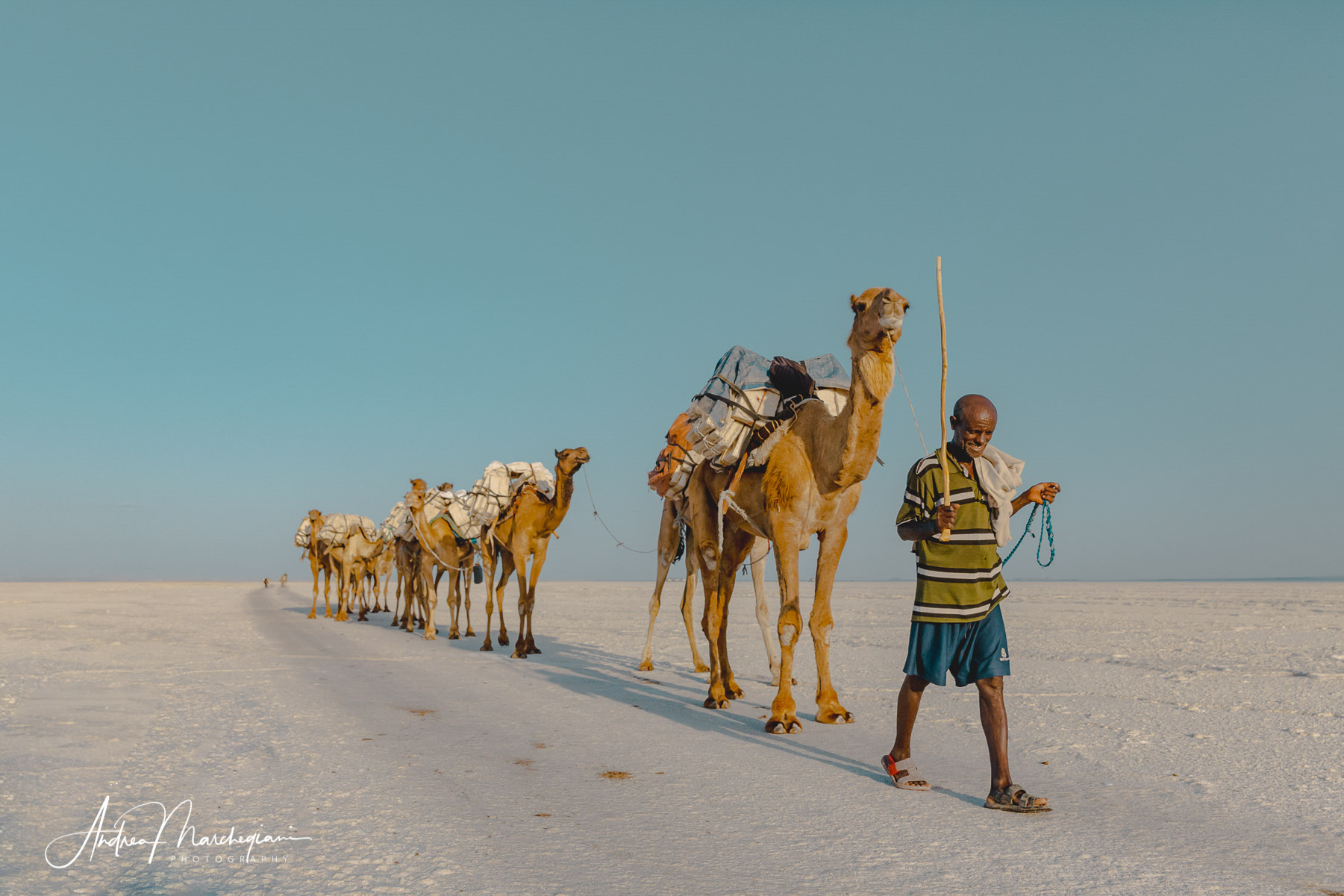
Salt Caravan, Ahmed Ela. The camels transport the salt from the mine to the village market. >>Shot data: 1/8000s at f/6.3, ISO 400. 60mm focal length on a full frame.
Girl from Asso Bole. >>Shot data: 1/1600s at f/2.8, ISO 400. 70mm focal length on a full frame.
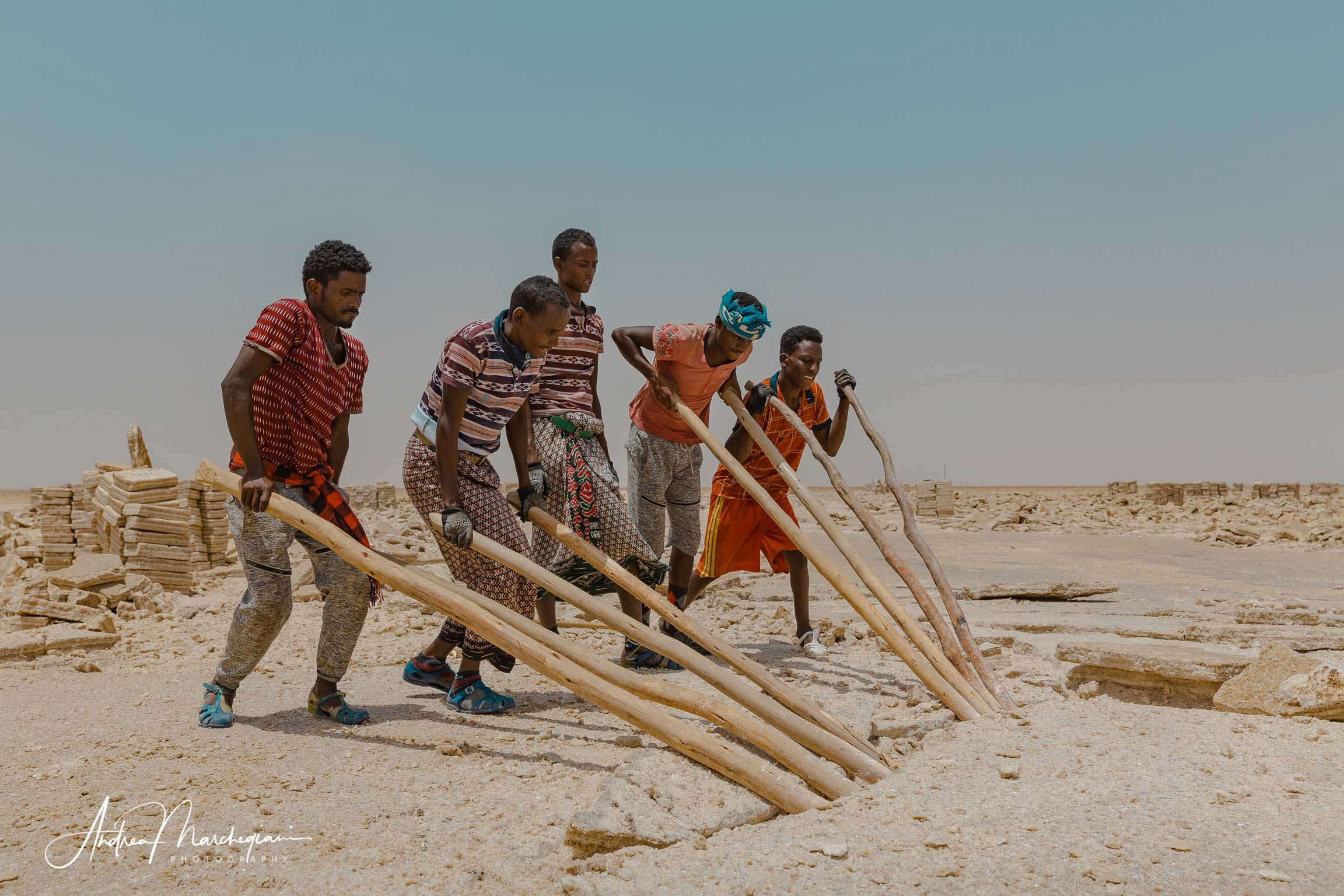
Salt plain, Ahmed Ela. The Dallol Depression is an Ethiopian region near the border with Eritrea. It was once covered by the Red Sea. When the water retreated, it left a layer of salt up to 800 meters deep. The local population works all day to break it into chunks and transport it to the village for resale. >>Shot data: 1/5000s at f/3.2, ISO 100. 24mm focal length on a full frame.
You can switch between landscapes and spontaneous portraits. How do you usually set up the camera?
I usually set the camera to manual mode with ISO set to automatic within a predefined range. Of course, the aperture varies depending on the desired depth of field, and the shutter speed depends on the scene’s brightness. But I don’t have a universal recipe for every situation. I train myself to be faster in adjusting the settings.
How much distance do you keep between yourself and the subjects you photograph? How do you interact with them, and how do they behave in front of the camera? Does the relationship with people differ between Africa and China?
If I’m on the street and want to capture a candid shot, I use a 70-200mm lens. I try to go unnoticed. Other times, if the situation allows, I approach and smile. I learn a few words in their language and use them to break the ice. If a connection is established, I can even take close-up shots with a wide-angle lens. But I’m always very respectful and, above all, quick.
As soon as the situation becomes artificial or forced, I turn off the camera and say goodbye. Some shots may seem posed, but they are not at all. Those are my favorites.
Asians, in general, are willing to be photographed without any issues and are very kind. The Chinese, however, are more reserved but can be convinced.
In Africa, it’s more challenging. In Ethiopia, for example, some tribes believe that a photo steals the soul, so it’s inappropriate to take pictures. Other tribes may ask for payment. But children on the streets see photography as a wonderful game. They love to play and be photographed.
Do you use flash?
Only as fill light and only when strictly necessary.
How do you manage lighting? In outdoor settings like Dallol, for example, indoors in Dazu, and at night…
I love natural lighting, and learning to harness it to my advantage is an ongoing challenge. It excites me! In the photos from Dallol, the light was blinding. Due to the circumstances, I had to shoot against the light and then correct it in post-production. In the photos from Dazu, taken inside the temples, the lighting was very poor. Since I don’t have a steady hand, I try not to shoot with risky shutter speeds. However, I know my camera body perfectly and know how far I can push the ISO settings.
What did you “take home” from Ethiopia and China?
Love for life. In Danakil, I slept on a cot at the roadside. I didn’t wash for days. The heat was mind-boggling, up to 50°C. But I learned that there is a place within me that can remain calm even when the body suffers. The people who live there know how to fight for survival, and perhaps it’s not by chance that Ethiopia is the cradle of humanity.
In China, I traveled more than 4,000 kilometers, and I plan to return soon. Initially, it felt unfamiliar to me, and its contradictions bothered me. But gradually, I embraced it within myself. It taught me what it means to feel like part of a community, not just an individual.
Dazu, China. In Dazu, there are thousands of rock carvings with devotional statues representing Buddhist, Taoist, and Confucian religions. Private citizens commissioned these carvings for centuries to demonstrate their faith. Among them, the statue of the goddess Guan Yin stands out, the goddess of mercy, with her thousand hands ready to help humanity. >> Shooting data: 1/250s at f/2.8, ISO 1600. Focal length 24mm on a Full Frame camera.
Tongli, China. The ancient city of Tongli, located on the Yangtze River delta, is known as the “Venice of the East.” >> Shooting data: 1/320s at f/6.3, ISO 100. Focal length 35mm on a Full Frame camera.
Photography and blogging, a winning formula on the web, do you do it to promote yourself or is it a personal need to combine storytelling with your photographs?
It all starts from a personal need. If I were to photograph and write from a commercial perspective, my sensitivity would be deeply compromised.
I photograph and write for myself, and if I manage to convey something, I feel a deep sense of fulfillment. I have a degree in Film Screenwriting, so writing is like breathing to me. My blog is a rather intimate diary. I would write it even if no one read it because it’s a sort of personal celebration of my journey in the world.
What trips are you planning?
I’m leaving for Senegal. In December, I’ll be in India, and in May, I’ll return to China to visit Yunnan. I also plan to travel to Kazakhstan and Mongolia. But I might change my mind about everything. That’s the essence of travel.
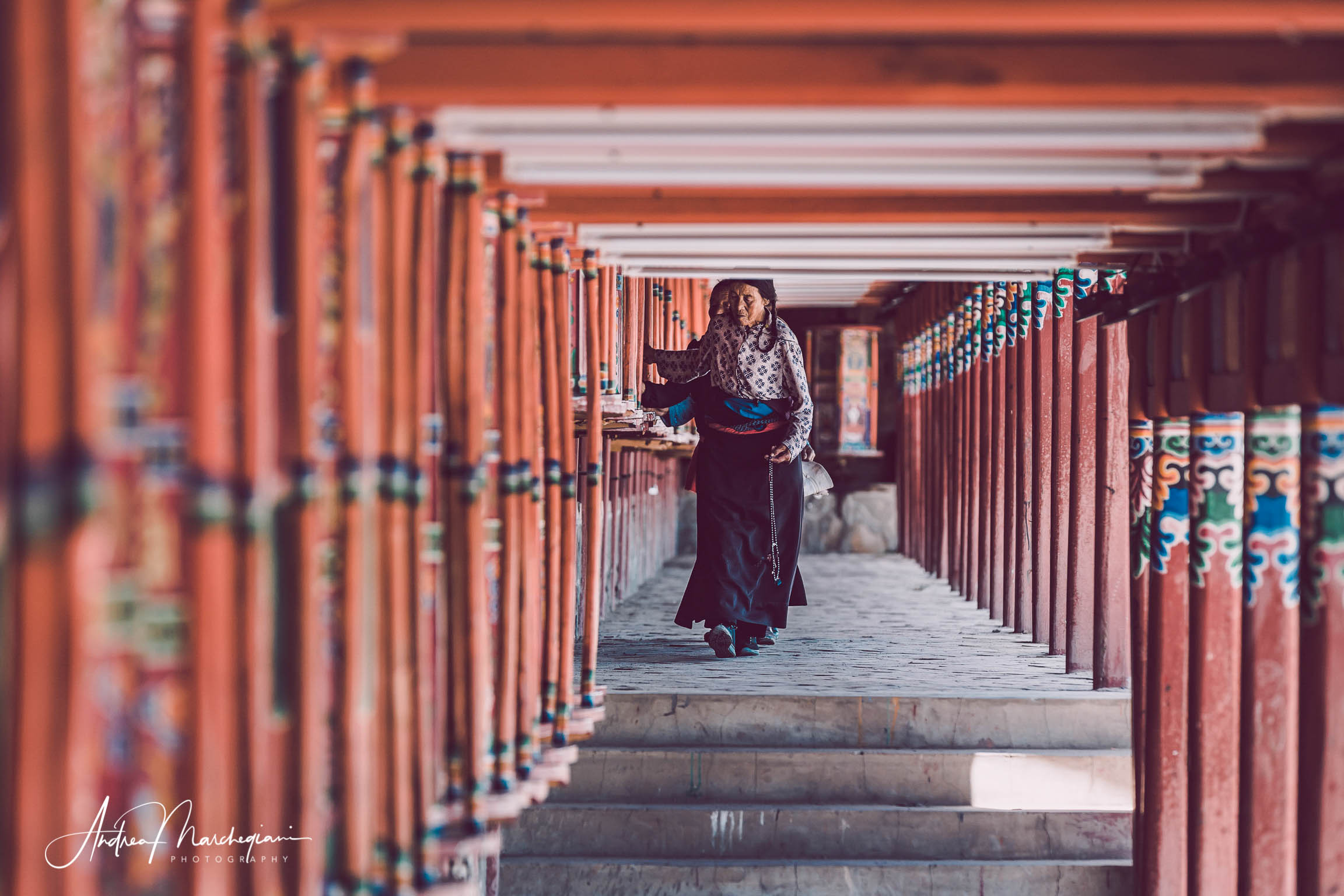
Hezuo, China. Tibetan Buddhists meditate by walking around sacred places and spinning prayer wheels. Each wheel is inscribed with a mantra: by spinning it, the prayer is projected into the air and carried by the wind throughout the world. >> Shooting data: 1/500s at f/4.0, ISO 400. Focal length 200mm on Full Frame.
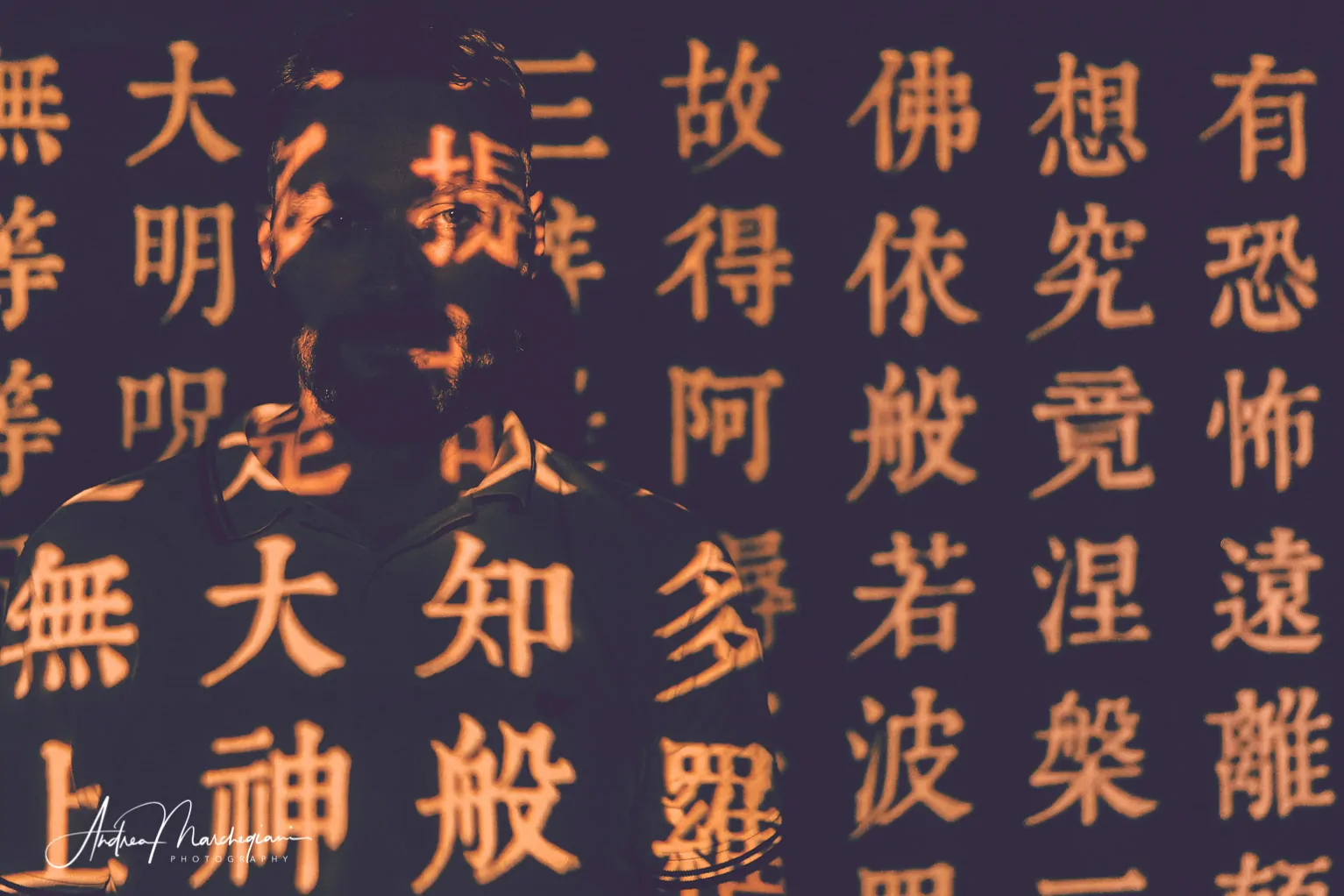
Self Portrait. Andrea Marchegiani collaborates with Domiad Photo Network, the largest national network dedicated to Photography, structured in Web Forums, Blogs, Official Channels on Facebook, Telegram, and Twitter, as well as being spread throughout the territory through the two official delegations of Canon Club Italia and Nikon Club Italia for each Italian region.
BIO | Andrea Marchegiani is a travel photographer and blogger. He graduated from DAMS in cinema and screenwriting with a thesis on road movies. He furthered his studies by attending courses in journalism, photography, video shooting, and editing. A deep interest in foreign peoples and cultures has driven him to visit destinations that are less frequented by mass tourism, such as Ecuador, Kazakhstan, Myanmar, China, Nepal, Ethiopia, Botswana, and more. In his travel blog, he combines his passion for photography with his love for writing.

